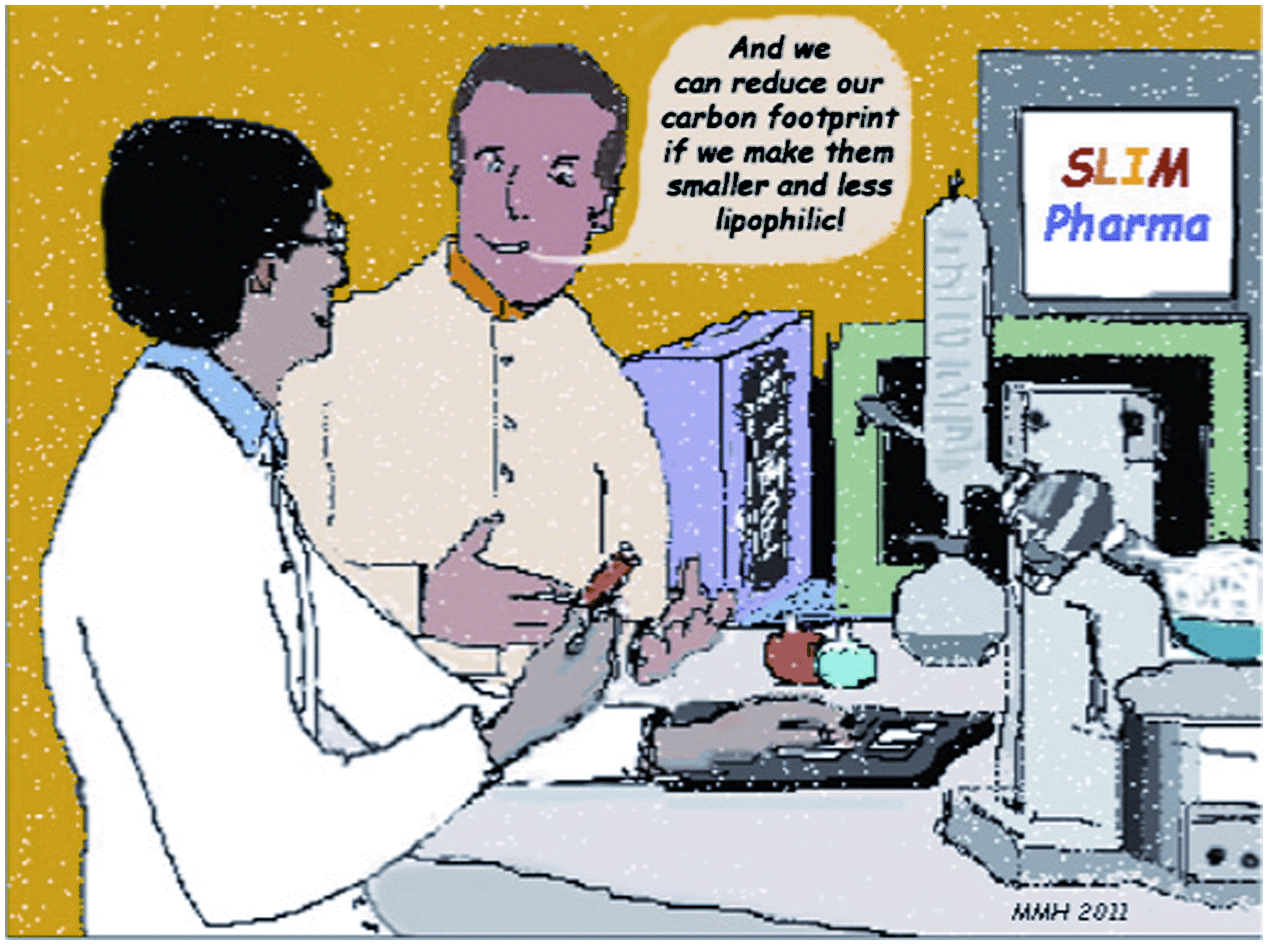Novel water soluble bis(1,10-phenanthroline)octanedioate Cu2+ and Mn2+ complexes synthesised by researchers in Ireland and the US show extremely high cytotoxicity, encouraging cytoselectivity against cancer cells.
Mononuclear [Cu(phen)2(phthalate)] complexes have been shown to display excellent chemotherapeutic potential against colon, breast and prostate cancer lines, but their water solubility is poor making them difficult to deliver in the body. This inspired Andrew Kellett, Michael Devereux and colleagues to build upon the most active chemotherapeutic agents in this class of compounds and develop more potent water soluble versions.
Both complexes displayed greater in vivo drug tolerance compared to cisplatin, a commonly used chemotherapy drug, when examined using the insect Galleria mellonella.
Read more now in the MedChemComm article that is free to download!
Water-soluble bis(1,10-phenanthroline) octanedioate Cu2+ and Mn2+ complexes with unprecedented nano and picomolar in vitro cytotoxicity: promising leads for chemotherapeutic drug development
Andrew Kellett, Mark O’Connor, Malachy McCann, Orla Howe, Alan Casey, Pauraic McCarron, Kevin Kavanagh, Mary McNamara, Sean Kennedy, Donald D. May, Philip S. Skell, Denis O’Shea and Michael Devereux
Med. Chem. Commun., 2011, DOI: 10.1039/C0MD00266F












